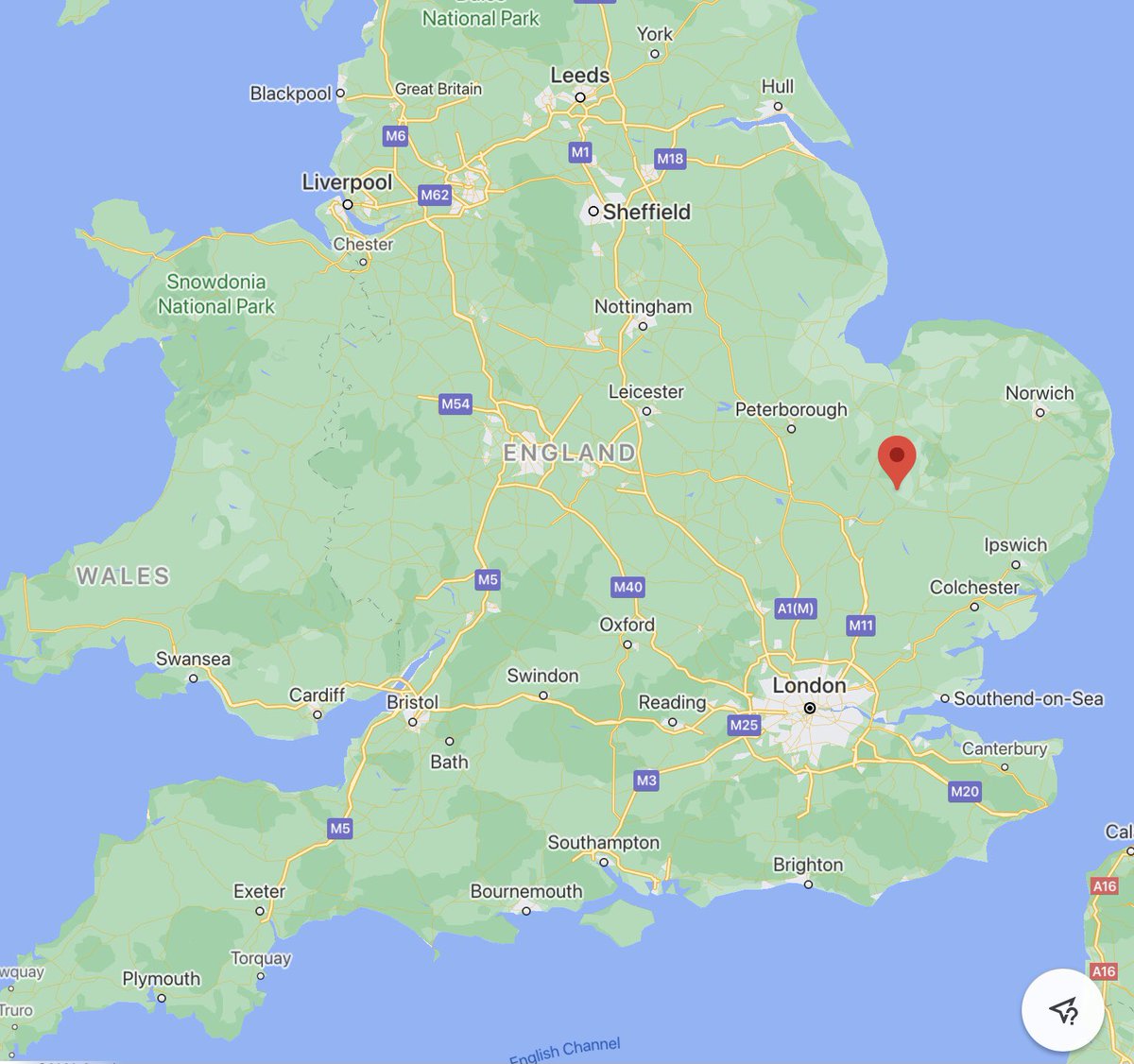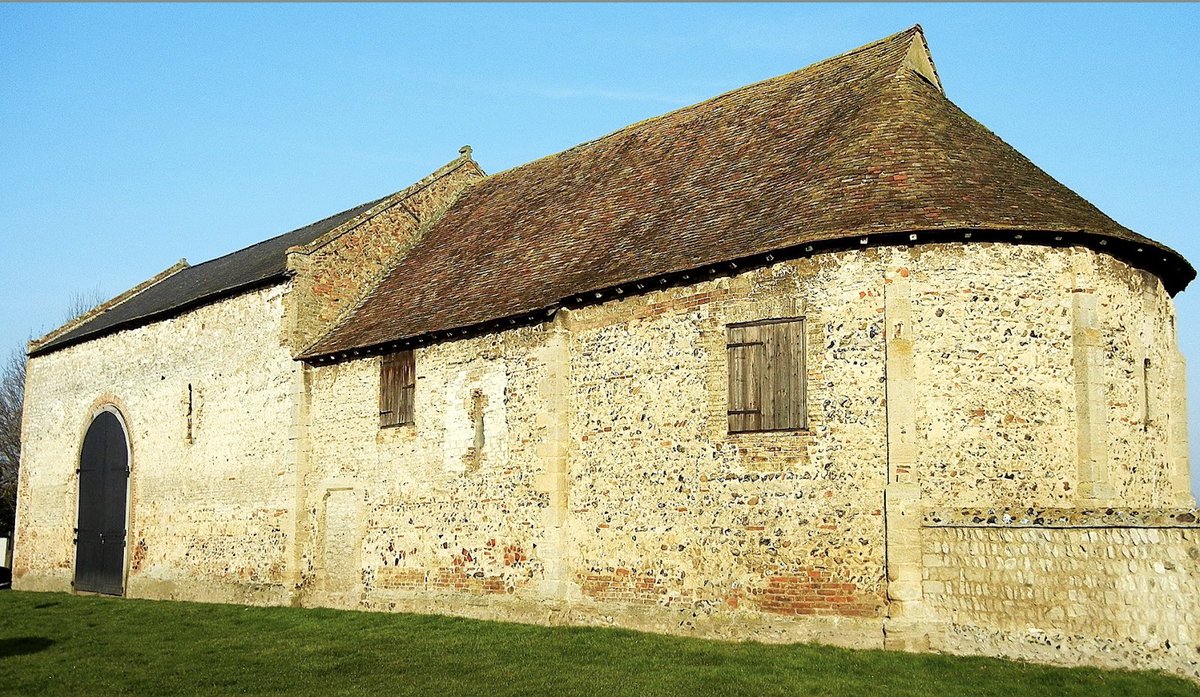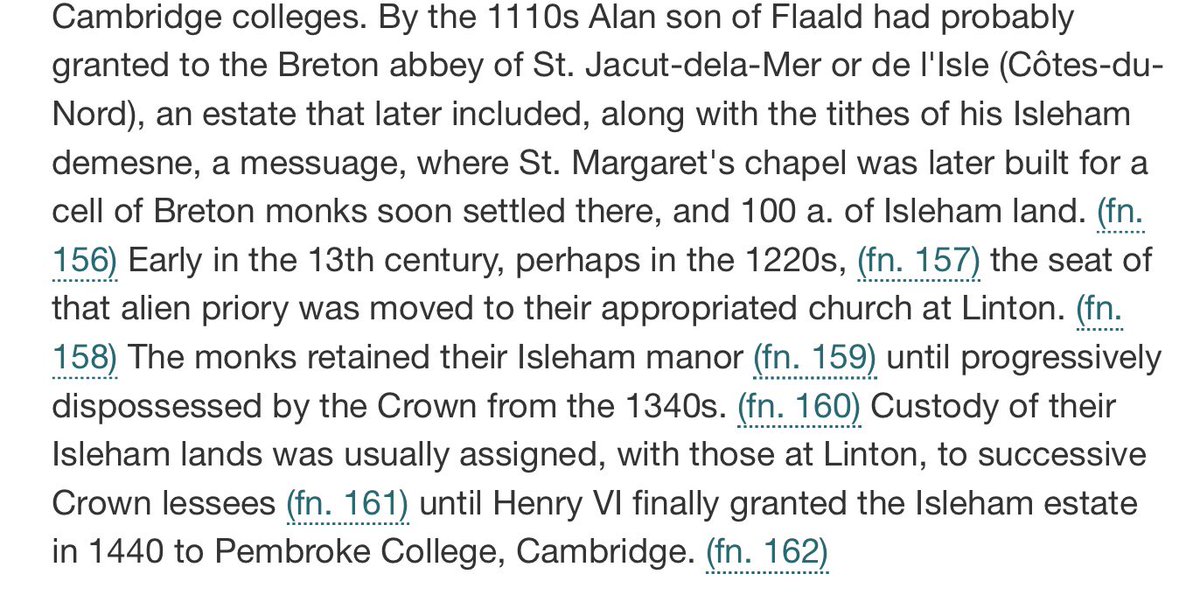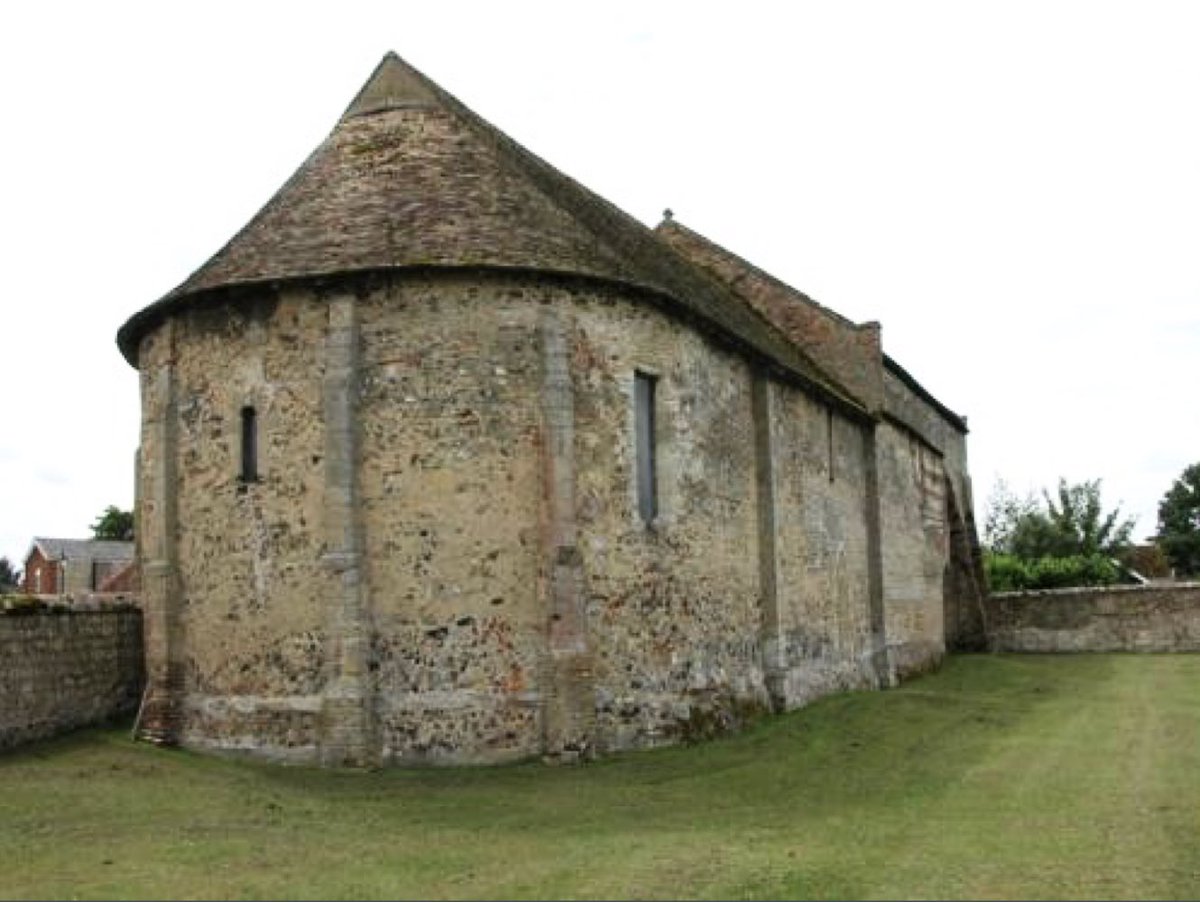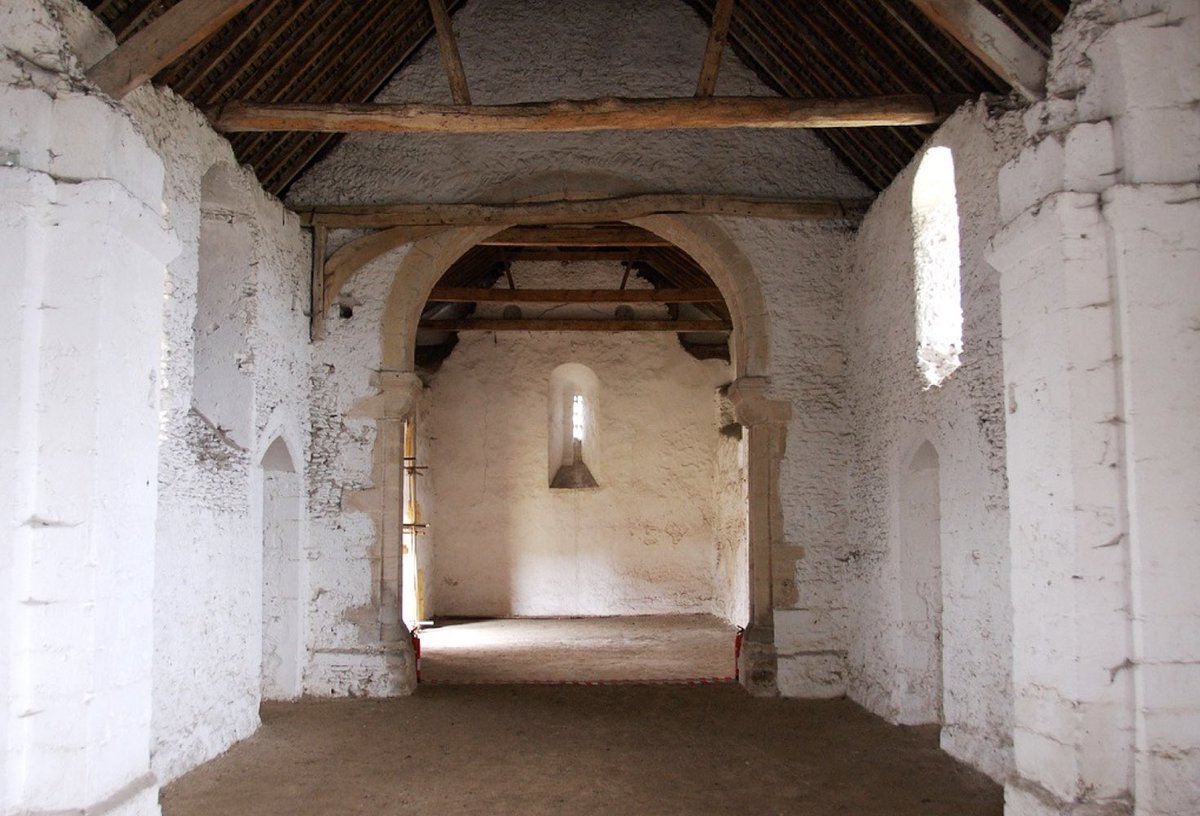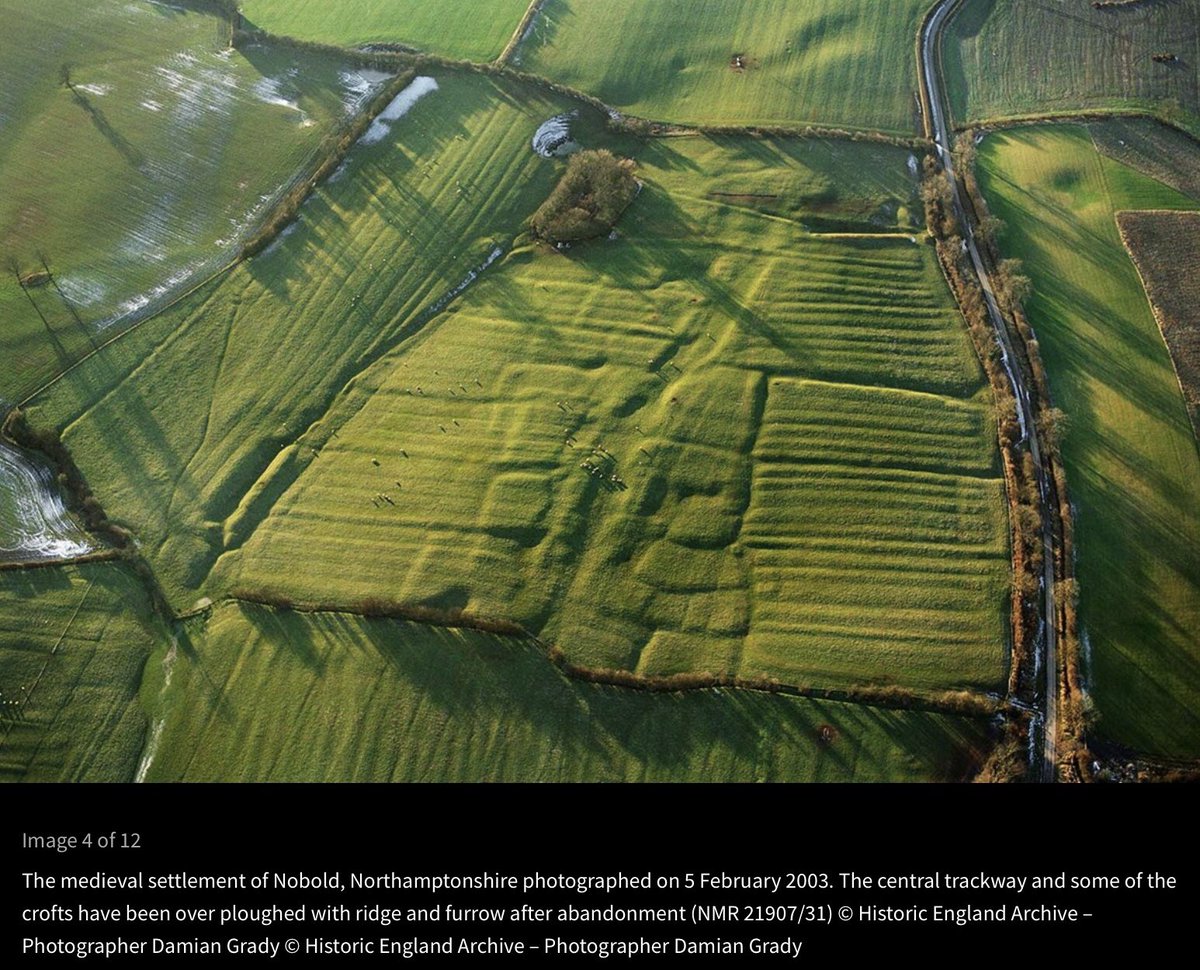
THREAD. This news from @NTChedworth has significant implications.
1. The mosaic was laid around 2 generations after Roman administration & armies were withdrawn from Britain.
2. The creation of a mosaic is a highly-skilled task. That means either (a) the craft survived in ...
1. The mosaic was laid around 2 generations after Roman administration & armies were withdrawn from Britain.
2. The creation of a mosaic is a highly-skilled task. That means either (a) the craft survived in ...
https://twitter.com/drsueoosthuizen/status/1336957168948568064
.. practice over the intervening +/- half century, ie mosaics continued to be laid across OR (b) the craftsmen were brought over from the continent. There is no reason, as far as I know, to suppose (b).
3. The industry making the tiles also continued to operate.
3. The industry making the tiles also continued to operate.
4. The addition of a new room suggests that the economy of the villa continued to thrive. That depended on
5. ..continued input from an (at least fairly) undiminished agricultural workforce, and continuing management under the villa owners.
6. It also suggests that sufficient ..
5. ..continued input from an (at least fairly) undiminished agricultural workforce, and continuing management under the villa owners.
6. It also suggests that sufficient ..
.. agricultural surplus was created to fund the creation of the new room & its fancy mosaic, and that in turn means
7. that it was possible to sell that surplus. And that means
8. .. that there were sufficient buyers for that produce even though Roman administration had gone, &
7. that it was possible to sell that surplus. And that means
8. .. that there were sufficient buyers for that produce even though Roman administration had gone, &
9. ... places where such produce could be bought and sold.
10. And, most importantly, that the infrastructure to support all these activities remained in place well into the 5thC.
10. And, most importantly, that the infrastructure to support all these activities remained in place well into the 5thC.
11. That is, it confirms documentary evidence for post-Roman prosperity & continuing, though evolving, late Roman institutions* recorded in the accounts of St Germanus of Auxerre (who visited Britain in c430), St Patrick (death possibly c460), & Gildas (writing in the early 6thC)
12. *Institutional continuity: the administration of towns & countryside, legal institutions with judges & courts, military organisation, & the church with its bishops, priests & monasteries. This is not to argue that things remained the same, but that they continued to
13. .. evolve as they adapted to post-imperial conditions. But the idea of ‘being Roman’ persisted even if that definition was itself also changing over time. That early medieval kings also bought into that idea of Romanitas is well-established. END
• • •
Missing some Tweet in this thread? You can try to
force a refresh




